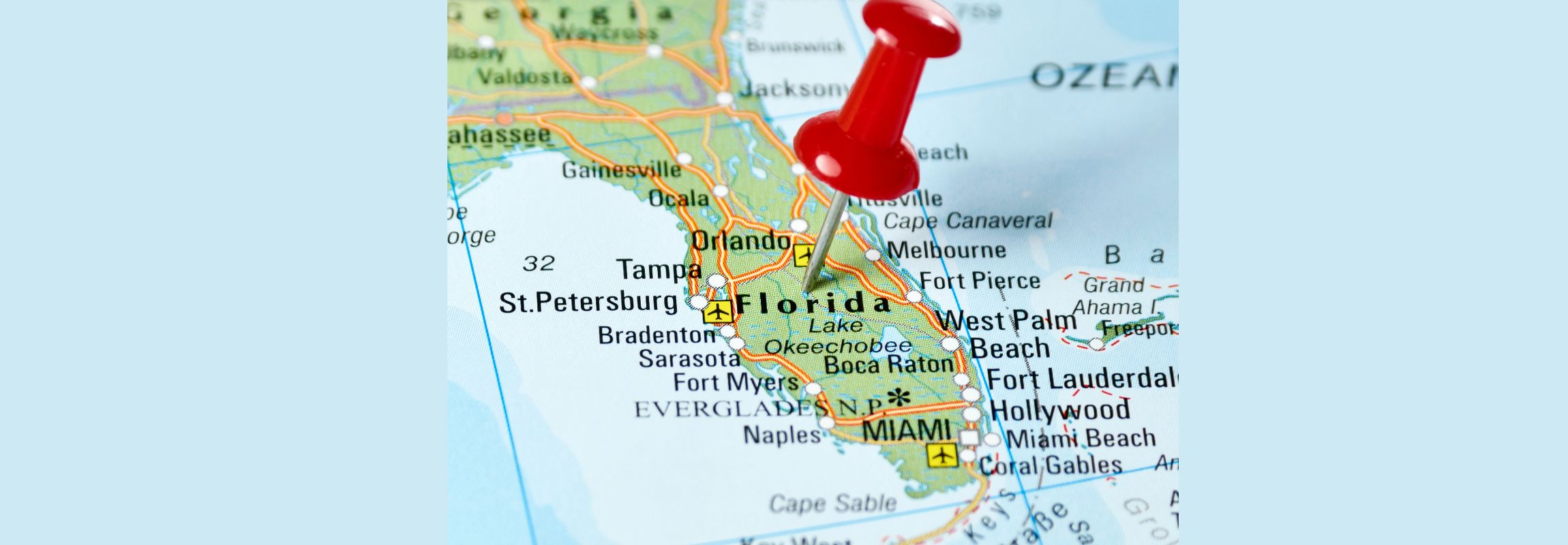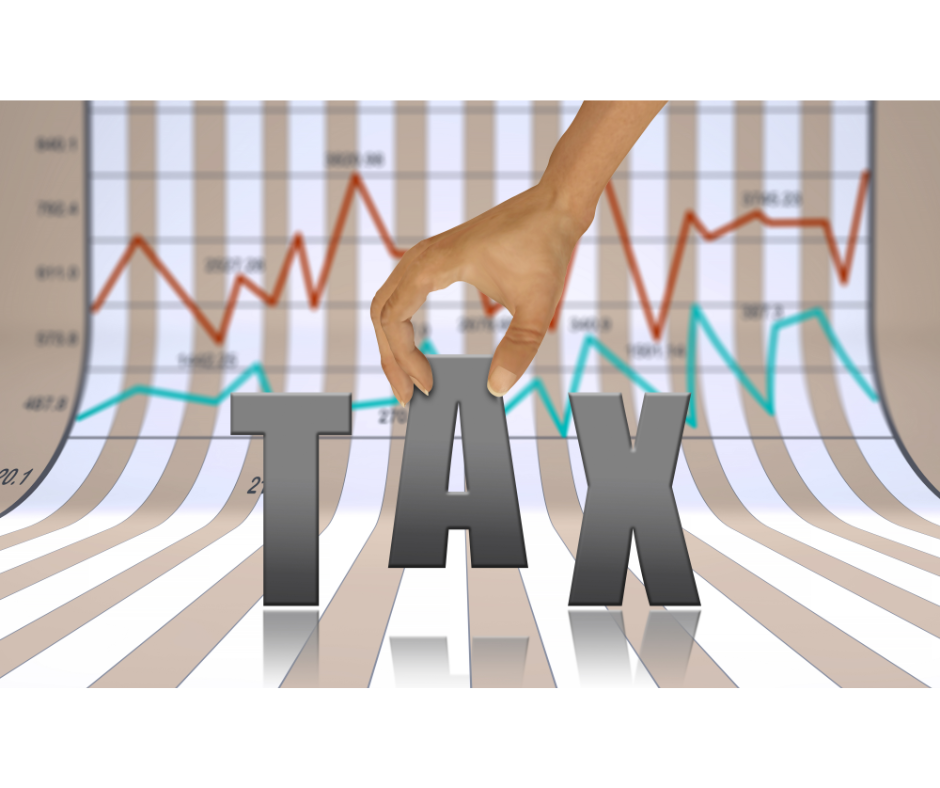

In an increasingly interconnected global economy, the maze of different tax systems and rates can be challenging to navigate. In this realm, two terms that often create confusion are Sales Tax and Value Added Tax (VAT). While both relate to the consumption of goods and services, they operate on two distinctly different principles and are used in diverse regions of the world. Businesses and individuals need to grasp the differences between these two tax types, as misunderstanding can lead to unintended fiscal outcomes. With the expertise of TAM Accounting, you can ensure you're on the right side of these complex issues, equipped with knowledge and professional support.
Understanding Sales Tax
Sales Tax is a tax levied on the retail sale of various goods and services. It is considered a "consumption tax" because it is paid by the final consumer of the goods or services. The tax is added to the purchase price and collected by the seller at the point of sale. This tax is then passed onto the government.
For example, if you buy a pair of shoes from a store in a jurisdiction with a 5% sales tax, you'll pay the price of the shoes plus an additional 5% of that price as sales tax.
The rate of sales tax can vary depending on the jurisdiction and the type of goods or services being purchased. Some goods, like essential food items, might be exempt from sales tax, while luxury items may have a higher rate.
Understanding Value Added Tax (VAT)
Unlike sales tax, which is only charged at the point of sale to the final consumer, VAT is levied at each stage of the production and distribution process. It's charged on the amount of value that is added at each stage.
For example, imagine a production process where a raw material supplier sells materials to a manufacturer, the manufacturer sells the finished product to a retailer, and the retailer sells it to the final consumer. With VAT, each of these transactions would have the tax applied. However, at each stage, businesses can offset the VAT they have to pay with the VAT they have collected on their sales, ensuring that no double taxation occurs. As a result, the actual tax cost is ultimately borne by the final consumer, just like with sales tax.
VAT systems can be a bit more complex to administer than sales tax systems, but they can also be more effective at preventing tax evasion because the tax is collected incrementally at each stage of production and distribution.
Key Differences
The primary differences between sales tax and VAT are:
-
Point of Collection: Sales tax is collected at the point of sale from the final consumer. VAT is collected at each stage of production and distribution.
-
Complexity: Sales tax is generally simpler to administer as it is only collected once. VAT can be more complex as it is collected at multiple stages.
-
Potential for Tax Evasion: VAT systems can be more effective in preventing tax evasion due to their incremental collection system.
-
Cost Visibility: With VAT, the tax cost is evident at each stage of the supply chain. With sales tax, the tax is only visible at the point of sale to the final consumer.
Who Uses Sales Tax and Who Uses VAT?
Sales Tax and VAT are used in different countries around the world. However, they are employed in distinct ways depending on the local taxation systems and customs. Below is an overview of where you may find each of these tax types in use:
Sales Tax: Sales tax is predominantly used in the United States. Each state in the US can set its own sales tax rates, and some local jurisdictions (like cities or counties) can also add their own additional sales taxes. It's important to note that not all states in the US charge sales tax. For example, states like Oregon and New Hampshire do not have a general sales tax.
Value-Added Tax (VAT): Value-Added Tax is used in many countries around the world. In fact, it's one of the most common types of tax globally. Countries in the European Union, Canada, and many countries in Asia, Africa, and South America use VAT. It's worth mentioning that the VAT system is sometimes given different names in certain countries. For instance, in Canada, it's referred to as the Goods and Services Tax (GST), and in Australia, it's also known as GST.
Keep in mind that both sales tax and VAT rates can vary widely from country to country, and in the case of the US, from state to state. Also, certain types of goods can be taxed at different rates, or be exempt from tax altogether, depending on local laws and regulations. For specific tax advice, it's always a good idea to consult with a tax professional or advisor.
Conclusion
Understanding the difference between sales tax and VAT is vital, particularly for businesses operating internationally. Each system has its advantages and disadvantages, and the choice between the two often depends on the specific economic and administrative circumstances of each country. It's always advisable for businesses to consult with tax professionals to ensure they understand their tax obligations under each system. Reach out to TAM Accounting today to ensure your tax matters are handled with the precision and professionalism they deserve.


